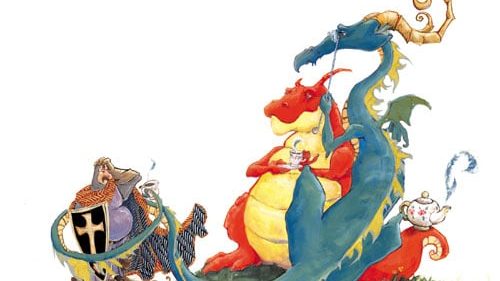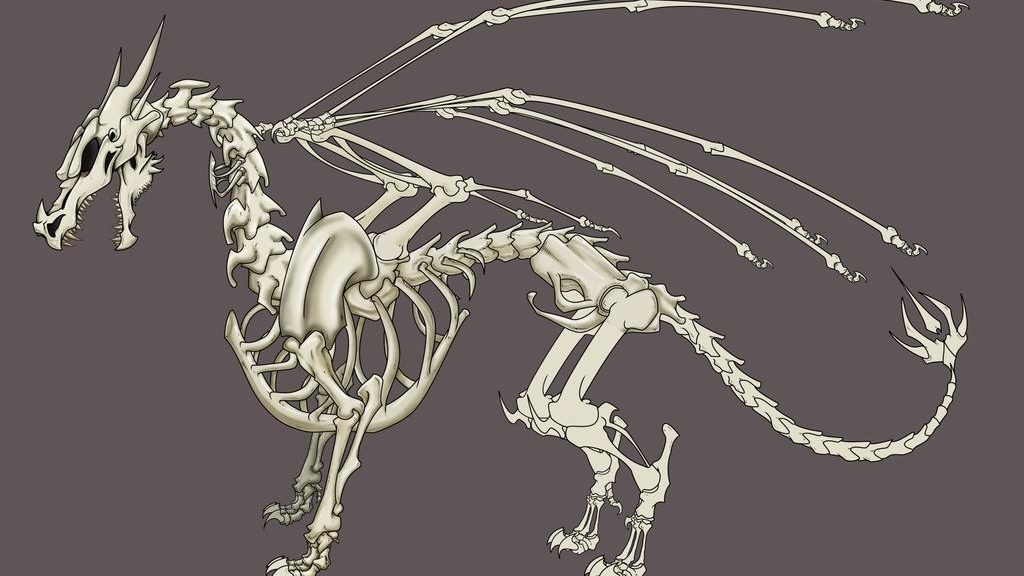So, dragon snakes? What are they? A hybrid of a dragon and a snake? Is it a breed of dragon, or a breed of snake? Just what is a dragon snake?
Well, it’s a snake, and although snakes are generally scary creatures – I’m not a fan myself – you can’t help but marvel at their beauty and diversity. They come in all sizes and colors, each with a different level of venomosity.
A rather exquisite snake species is the dragon snake. It looks like something out of an ancient Japanese drawing! Perhaps this snake is linked to the snake of the Chinese Zodiac, where the dragon features prominently. Or in fact, in China, where dragons feature everywhere.
Unfortunately, there isn’t much information available about this particular snake, due to its elusive nature. However, since it’s become a popular topic now, we’ll provide you with some interesting info.
Let’s Get Scientific, Shall We?
Here are a few scientific facts about the dragon snake.
Dragon Snake Scientific Classification
First things first, if you’re into zoology, here’s the scientific classification of the dragon-snake:
Kingdom: Animalia
Class: Reptilia
Order: Squamata
Suborder: Serpentes
Family: Xenodermatidae
Genus: Xenodermus
Species: X. javanicus
Not that you’d have to memorize any of this, but it’s always good to know.
Physical Characteristics of the Dragon Snake
The length of an adult dragon snake ranges from 2 to 2.5 feet. They have a grayish color and a rather enlarged head.
The most peculiar thing about this snake is its skin. The dragon snake has three rows of large keeled scales extending along its back. This is actually what makes it look like a dragon.
Danish Zoologist Johannes T. Reinhardt was the first to describe the dragon snake in 1836. He called it Xenodermus (that actually seems like a great dragon name!) Xeno is Greek for strange/foreign and derma is skin, so it fully translates into “foreign skin”.
Dragon snakes are also non-venomous, so good for us!
Natural Habitat
Dragon snakes like living near water sources, like streams, swamps or marshes. They can also be found in forests and rice fields in Southeast Asia. They live in countries like Indonesia, Burma, Thailand, Malaysia, and Myanmar.
Food
This snake is a nocturnal hunter, that feeds mainly on frogs. It has also been reported that it occasionally eats tadpoles and fish in the wild. It sounds easy enough to provide such food if you ever think about getting a dragon snake as a pet, right? Not really, as they don’t feed well when they’re in captivity, so think again.
Reproduction
Dragon snakes aren’t prolific breeders as they lay two to four eggs a year. This mainly happens during the rainy seasons, from October to February. It has also been reported that it’s very difficult for them to reproduce in captivity. One of the reasons is that each adult snake should have its own enclosure, you shouldn’t keep dragon snakes together.
Lifespan
It’s unknown how long dragon snakes live in the wild. If they survive in captivity, they tend to live as long as seven years. Something to note here is that bigger snakes can live up to fifty years, while smaller snakes have a lifespan of ten to fifteen years.
Population
Thankfully, this particular snake species isn’t in danger of going extinct anytime soon. Given their semi-fossorial nature, they’re able to avoid major threats and predators. They also managed to adapt themselves to the human invasion of their habitat, for example, they can live happily in rice fields.
The Dragon Snake As A Pet
Dragon snakes generally don’t make good pets. They don’t survive in captivity and they’re considered very high maintenance. They also prefer hiding to having any contact with humans. Here are a few reasons why it’s better to get yourself another pet instead.
Human Interaction
When faced with a threat, a dragon snake tends to stiffen up and straighten itself into a line. It doesn’t tolerate being handled and too much handling would eventually stress it out and cause it to stop eating.
Breeding
There isn’t much information available on breeding dragon snakes, especially that they don’t survive in captivity. Although a few people have succeeded in breeding dragon snakes in captivity, it’s still not an easy task and you’d have to consult with experienced owners to learn how it’s done.
That’s why it’s not really a good idea to keep a dragon snake as a pet.
Shy Nature
Dragon snakes are semi-fossorial, which means they like spending time underground when they aren’t hunting at night. Even if you provide a hiding place in its enclosure, you can never make the dragon snake really feel “at home”. This is another reason why this snake doesn’t survive in captivity.
Snakes Don’t Cuddle!
Contrary to popular belief and to the videos people keep posting about how affectionate their pet snakes are, snakes don’t like to cuddle! The only reason they maintain any physical contact with their human owners is to feel warm. Snakes are cold-blooded, and humans are warm-blooded, you get the idea. Now you know what to say the next time someone tells you their pet snake is so cuddly and affectionate.
Dragon Snakes Are Very High Maintenance!
They need big enclosures, one for each adult snake. Each enclosure should contain several spots that could serve as hiding places for the snake.
The humidity, temperature, and lighting should be set just right. Humidity needs to be kept very high, the temperature should be low and lighting set to a minimum. As mentioned before, they’re nocturnal, so they need to live in complete darkness.
Their enclosures also need to be cleaned regularly in order to avoid mold buildup.
Dragon Snakes – Final Thoughts
Dragon snakes are such a peculiar species. They hide in the ground, go stiff when threatened, avoid human interaction, hunt at night and look like Japanese dragons. That’s why people are so interested to know more about them and maybe try to get a snake or two as pets.
However, due to their elusive and sensitive nature, these magnificent creatures are better observed and adored from afar. Bringing them home and locking them up will shorten their lifespan. It won’t do you any good to keep a miserable living creature in your house, no matter how beautiful you think it is.
While on the other hand, you can get yourself a couple of dogs and cats and live happily ever after!



